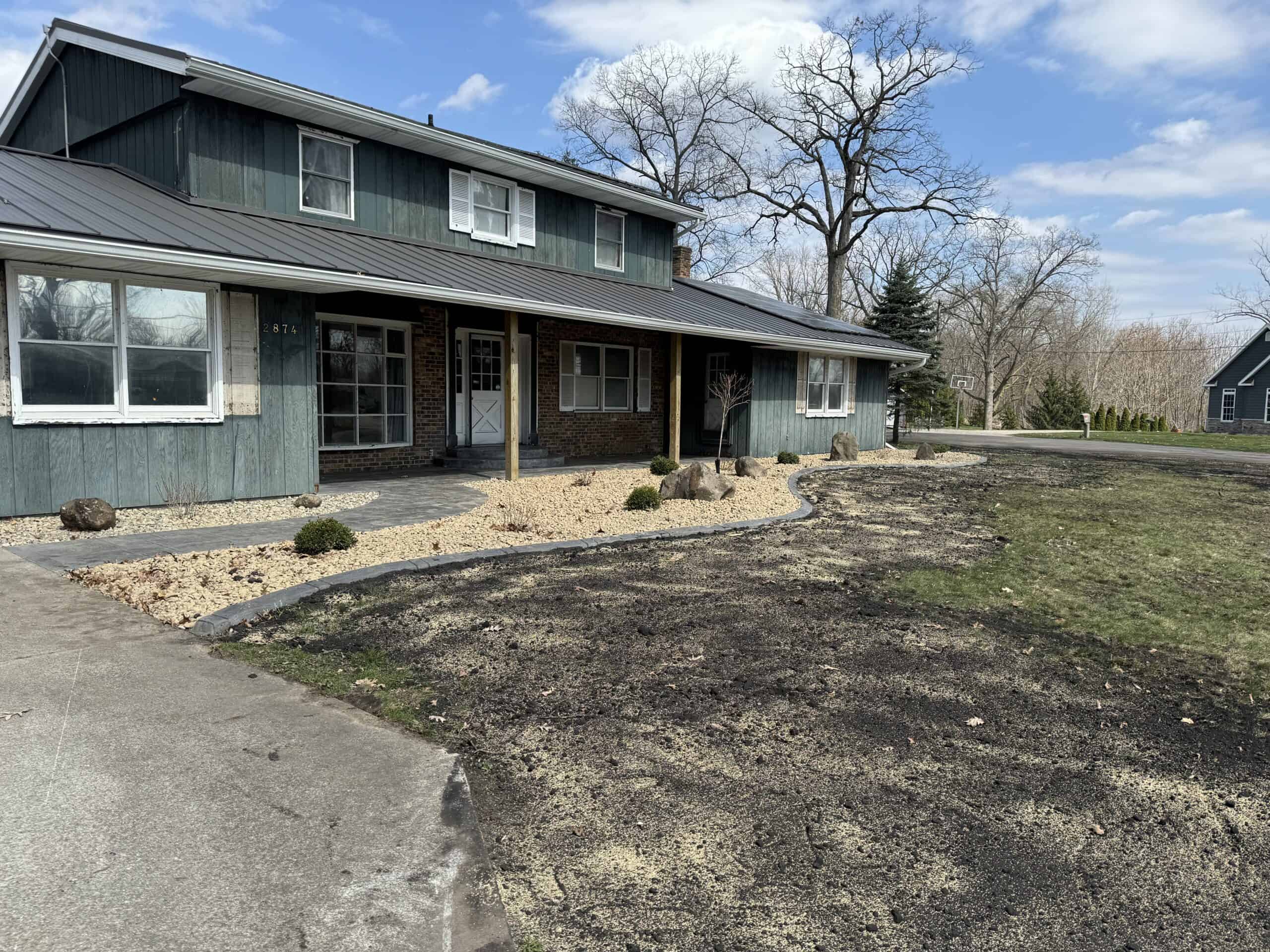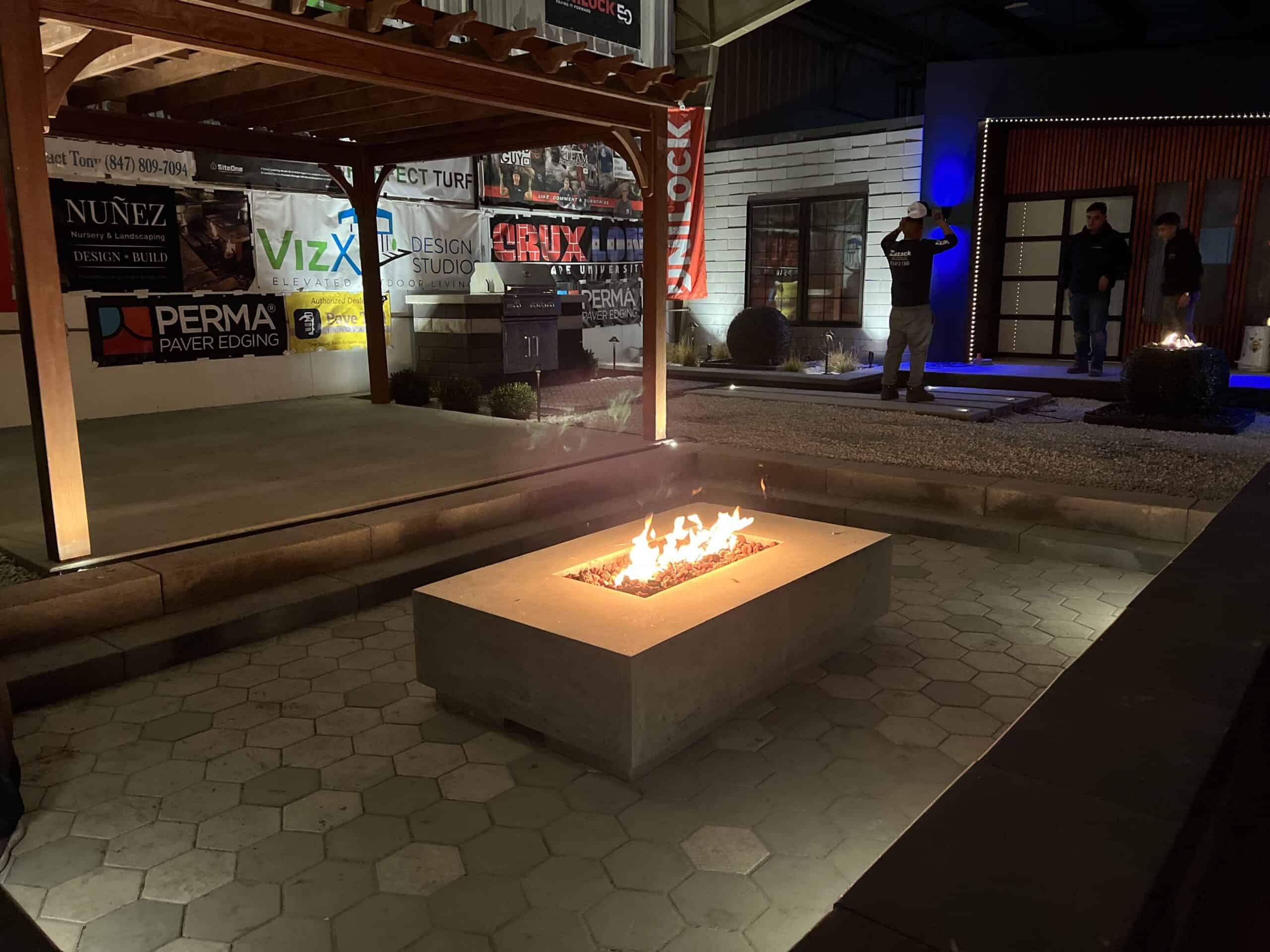Tips for Weather-Resistant Outdoor Living Spaces
Outdoor living spaces help homeowners extend their living areas beyond the confines of their homes. However, to fully enjoy these outdoor retreats, creating spaces that can withstand the elements is essential. Weather-resistant outdoor living spaces are designed to endure harsh weather conditions like rain, wind, heat, and cold. Professionally designed areas can ensure durability, longevity, and continued enjoyment for homeowners despite the weather. Here is what you need to know about building outdoor living spaces for unpredictable weather and some tips for designing your lawn for whatever Mother Nature decides.
Designing Outdoor Living Spaces for All Weather Conditions
 Designing weather-resistant outdoor living spaces means selecting the appropriate materials and creating a suitable plan. Choose materials that are designed to withstand variable outdoor conditions and different temperatures. look for weather-resistant wood like teak.
Outdoor structures like pergolas, pavilions, and decks should be built to withstand the elements. So, use pressure-treated lumber or composite for structural components and reinforce connections with corrosion-resistant hardware to prevent rust and degradation.
Ensure proper drainage to prevent water buildup and flooding, and install gutters or downspouts to direct water away from outdoor structures. Then, grade the landscaping to slope away from the house and facilitate efficient runoff. Install retractable awnings, umbrellas, or shade sails to create shaded areas for relaxation and dining. Or build custom fire pits to enjoy your outdoor living spaces year-round.
DID YOU KNOW: Mulch can help preserve your soil and plants during extreme weather conditions.
Designing weather-resistant outdoor living spaces means selecting the appropriate materials and creating a suitable plan. Choose materials that are designed to withstand variable outdoor conditions and different temperatures. look for weather-resistant wood like teak.
Outdoor structures like pergolas, pavilions, and decks should be built to withstand the elements. So, use pressure-treated lumber or composite for structural components and reinforce connections with corrosion-resistant hardware to prevent rust and degradation.
Ensure proper drainage to prevent water buildup and flooding, and install gutters or downspouts to direct water away from outdoor structures. Then, grade the landscaping to slope away from the house and facilitate efficient runoff. Install retractable awnings, umbrellas, or shade sails to create shaded areas for relaxation and dining. Or build custom fire pits to enjoy your outdoor living spaces year-round.
DID YOU KNOW: Mulch can help preserve your soil and plants during extreme weather conditions.
Maintenance and Care for Weather-Resistant Spaces
Although weather-resistant outdoor spaces are designed to withstand the elements, proper maintenance is essential to ensure their longevity and performance. Regularly clean outdoor living spaces to remove dirt, debris, and stains. Also, inspect outdoor structures and hardscaping for signs of wear and tear. In colder climates, take steps to winterize outdoor spaces and prevent damage from freezing temperatures and snow accumulation. This might include reapplying sealants, investing in storage solutions, and draining outdoor plumbing fixtures. Not sure where to start? Contact Busy Lil Beavers for a free consultation.

